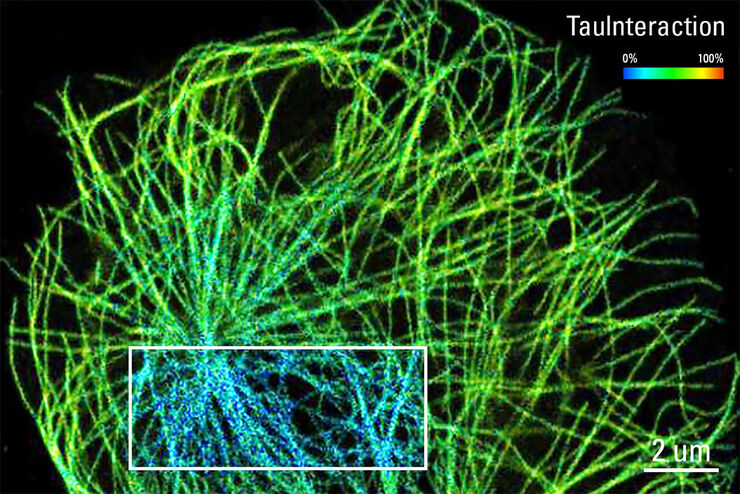Luis Alvarez , Dr.

Dr. Luis Alvarez studied physical chemistry at the Université Paris-Sud XI in Orsay where he worked on molecular quantitative imaging in live cells. He concentrated on fluorescence lifetime imaging and the effects of reactive oxygen species (ROS) on fluorescent proteins. In 2010, he moved to Dublin where he worked on host-pathogen interactions at University College Dublin and the National Children Research Centre. He studied how mucosal immunity uses ROS to respond to bacterial pathogen infections. During this time, he developed 3D infection models from ex-vivo organ cultures and organoids. In 2016, he moved to the University of Oxford where he developed advanced quantitative imaging approaches to study host-pathogen interactions. This work centered on the understanding of HIV and EBOLA entry mechanisms into cells. He joined Leica Microsystems in 2019 as a product application manager for functional imaging.


